Built for the Outdoors: Why ZERO BREEZE Portable AC Is Smaller Than the Rest

In the last article, we talked about one half of true portability: weight. But as we said then, portability isn't just about weight. It's about size, too.
Because even the lightest air conditioner won't help you if it can't fit inside a tent, truck cab, or boat cabin. It's simply too bulky to bring along. That's why the next challenge we had to conquer was space.
What's Really Taking Up Space Inside an AC
Open up any air conditioner, and you'll quickly notice what takes up the most space:
- The evaporator,
- The condenser,
- And two sizable fans.
These components are essential, but they're also bulky. And while they're often overlooked, they're the real reason most AC units end up being boxy and awkward.
In fact, many so-called "portable" air conditioners today still rely on these standard, off-the-shelf parts. Why? Because it's cheaper, and makes assembly faster and easier. Arrange the parts into a cube, slap on a handle, and you've got something that only looks portable.
But let's be honest: you can't just slap a handle on a square box and call it ready for adventure.

Redesigning from the Inside Out
That's why we didn't just rearrange standard parts. To make cooling truly portable, we had a clear goal: design a compact unit that looks and feels like a travel bag—something you could easily carry with one hand and won't take up much space. To make that happen, we had to redesign nearly every internal component from the ground up.
Let's break it down:
- Evaporator and Condenser: Smaller, But Smarter
Rather than using standard wide-surface coils, we reduced the surface area, increased thickness, and optimized airflow paths. The result? Strong thermal performance in a much smaller footprint.
- The Hidden Challenge: Fans and Airflow
Surprisingly, the biggest space challenge wasn't even the cooling coils. It was the fans and air ducts.
We chose centrifugal fans over basic axial ones to deliver higher air pressure and better efficiency. But these fans are harder to fit into tight spaces. So we engineered a tightly integrated fan-and-duct system, curved and bent around other components like puzzle pieces. Every angle is precisely optimized to move air without wasting a single cubic centimeter.
It wasn't easy. Even our simulation experts said it pushed the limits of modeling. We went through hundreds of airflow simulations, adjusting pressure, volume, duct shape, fan placement—everything.
In the end, we built an airflow system that:
- Maximizes cooling output,
- Minimizes wasted space,
- And fits perfectly into the ZERO BREEZE Mark 3's unique, compact form.
Engineered with Purpose
This isn't just about numbers on a blueprint. It's about real-world usability. Being lightweight and powerful is essential, but not enough. It has to be something you can:
- Carry,
- Set up quickly,
- And use efficiently in small spaces.
That's what our compact airflow engineering delivers. And it's why ZERO BREEZE portable AC isn't just smaller for the sake of being small—it's smaller because we made it smarter.
Built for the Wild, Ready for You
From the very beginning, we knew that outdoor cooling wasn't just about power. It was about portability. That meant every gram and every cubic inch mattered.
So we challenged everything: from the compressor to the coil layout, from the airflow system to the outer shell. We didn't settle for off-the-shelf solutions. We built smarter, smaller, and lighter because that's what the outdoors demands.
The result? ZERO BREEZE Mark 3: the most compact and lightweight 5,280 BTU portable air conditioner on the market.
Not designed for a wall socket. Not meant for a window frame.
But made to move—with you.





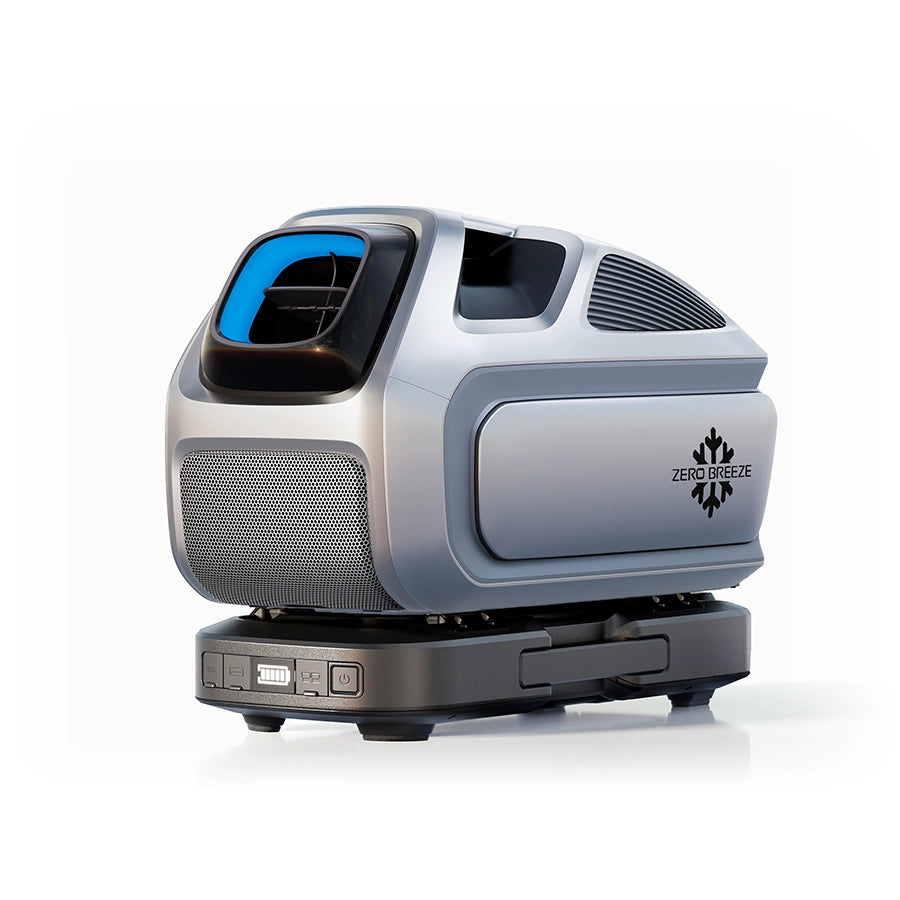
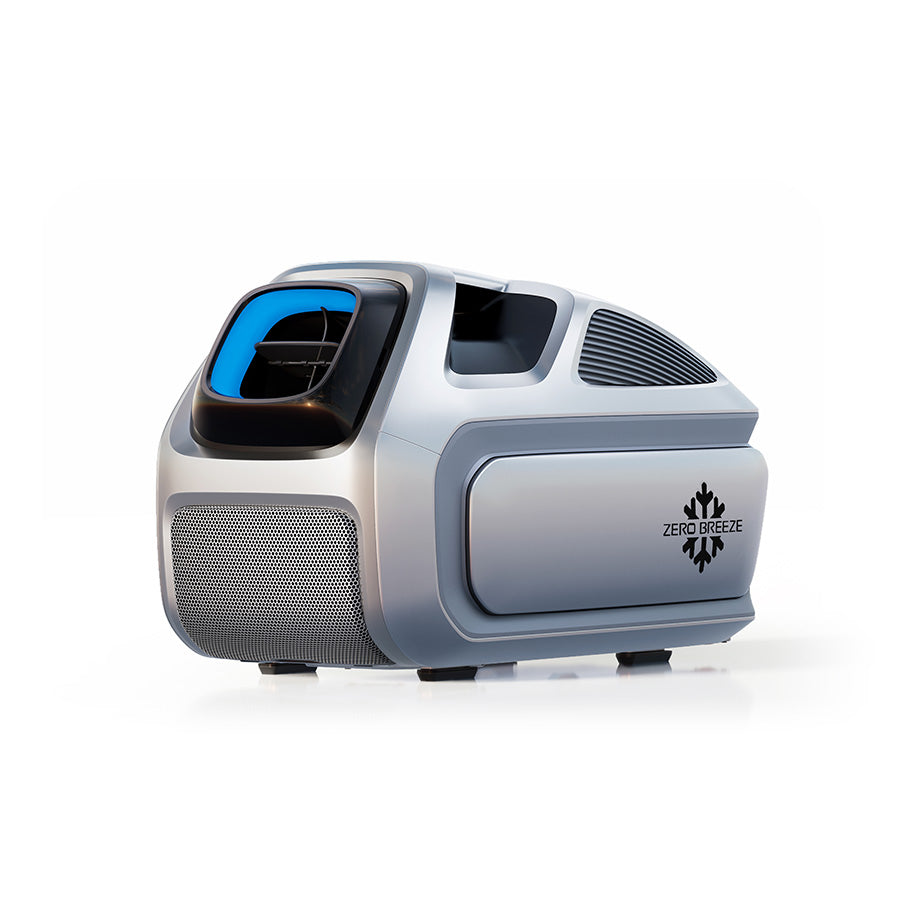
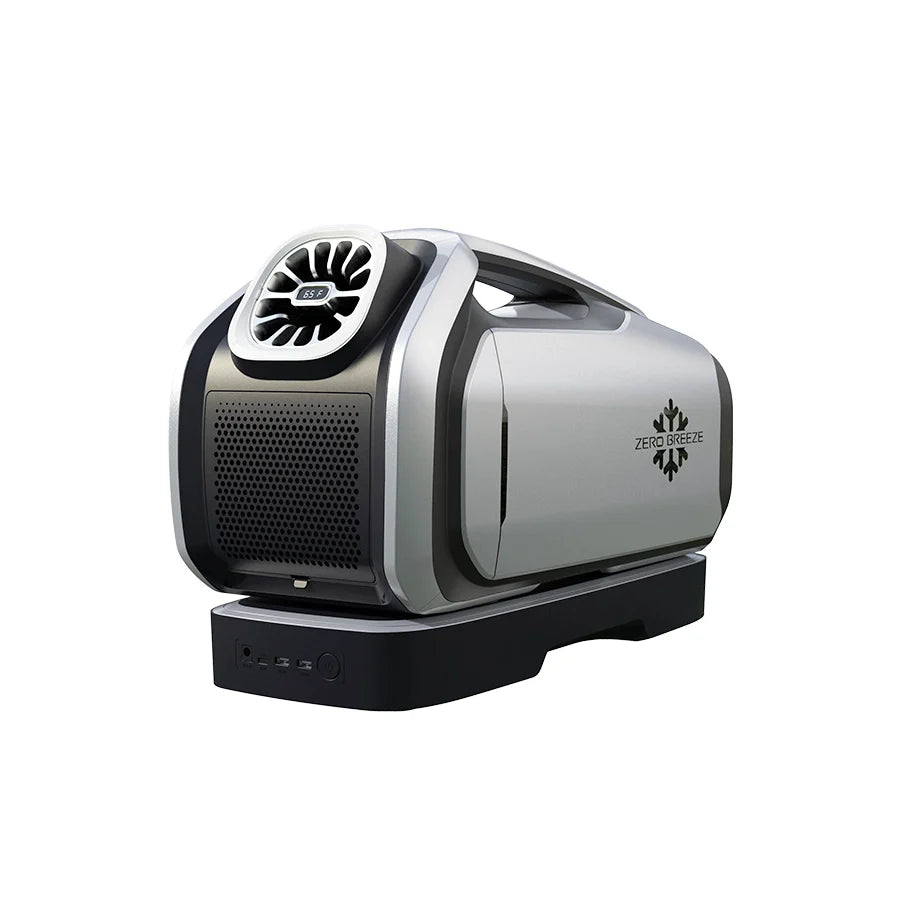
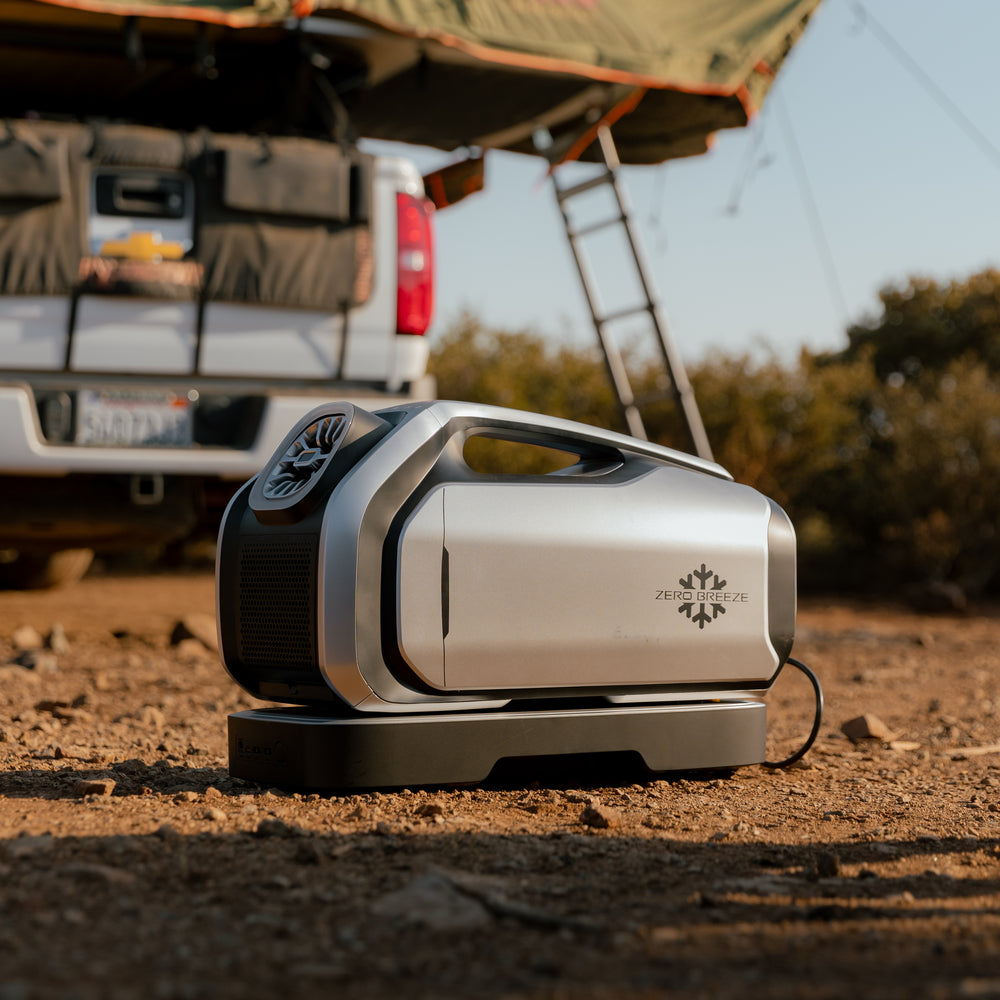
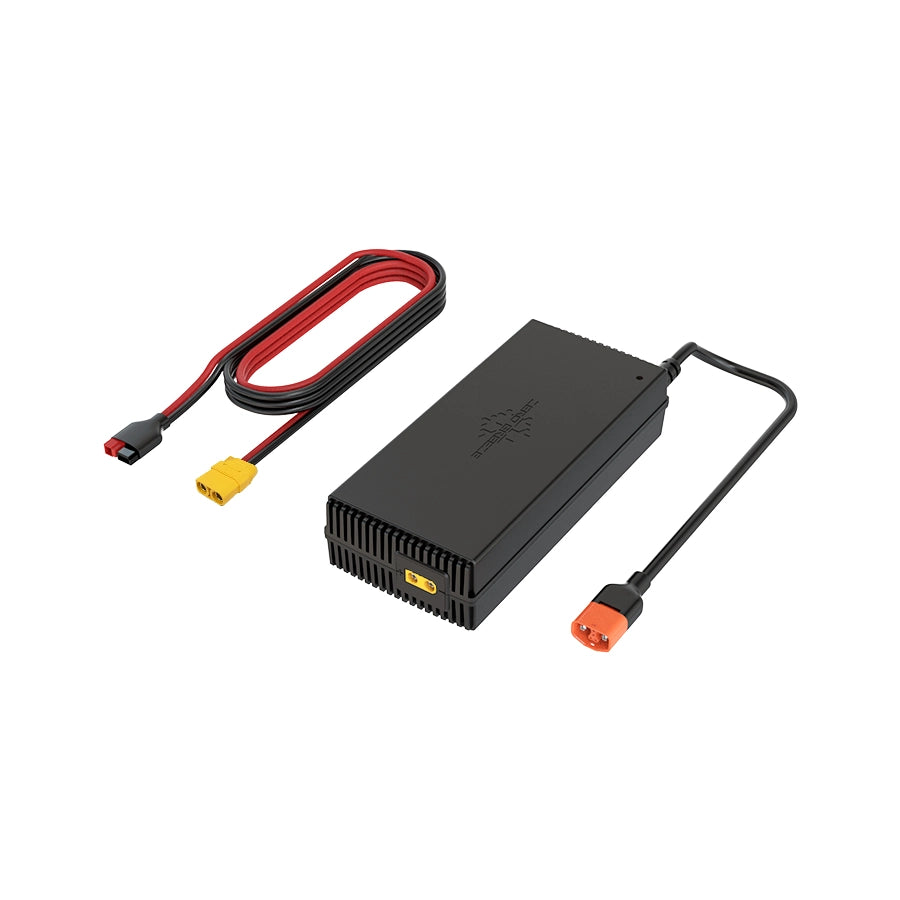
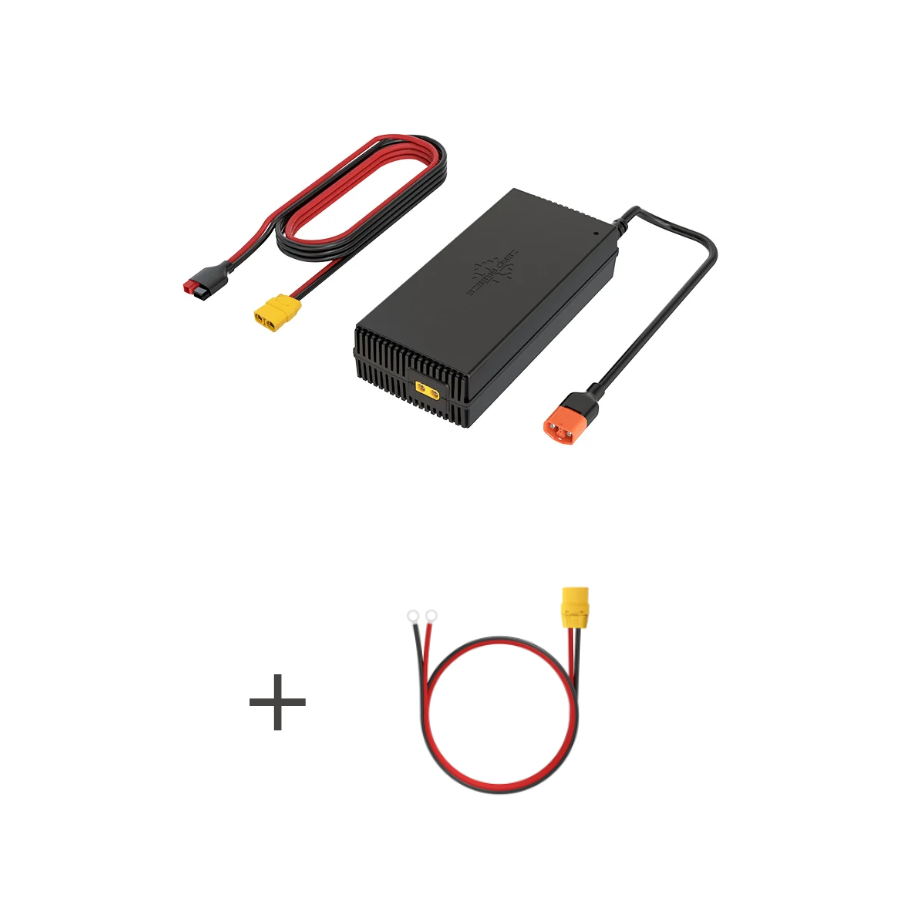

Leave a comment